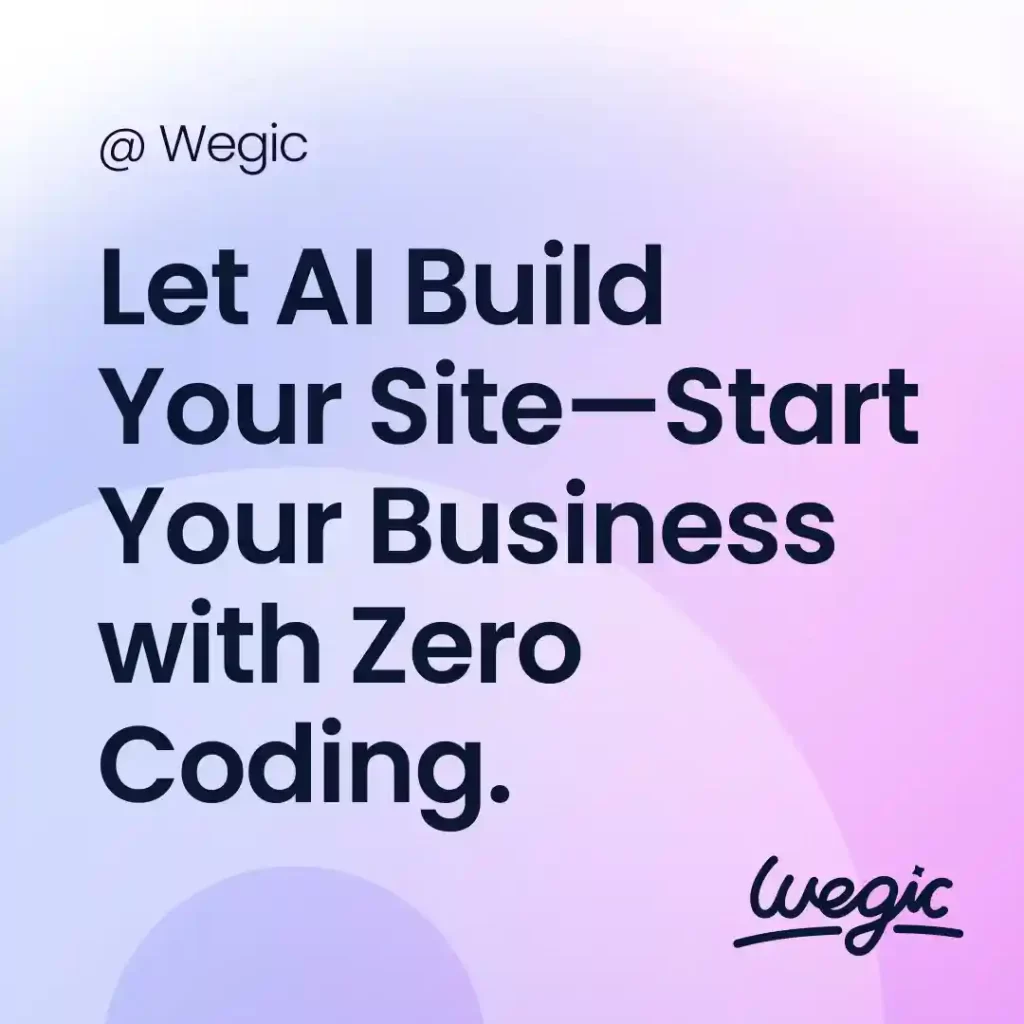How Much Money to Start a Business Overview
Creating a membership site can be a great way to generate recurring revenue and build a community around your content or offerings. To create a successful membership site, you need a reliable website builder that is specifically designed for membership sites. In this article, we will explore some of the best website builders for membership sites and discuss their features and benefits.
Starting a business is an exciting venture that can be both thrilling and lucrative. However, one of the most common questions aspiring entrepreneurs have is how much money they need to start a business. The answer to this question can vary greatly depending on the type of business you want to start, your location, and your specific needs. In this article, we will explore how much money you typically need to start a business and provide some tips on how to budget effectively.
The amount of money required to start a business can vary significantly depending on the industry and the specific needs of the business. For example, a service-based business with low overhead costs may only require a few thousand dollars to get started, while a manufacturing business may require tens or even hundreds of thousands of dollars to purchase equipment and set up a production facility.
In general, most experts recommend having at least six months’ worth of living expenses saved up before starting a business. This is because it can take time for a new business to become profitable, and having a financial cushion can help you weather any initial difficulties or setbacks. Additionally, having some savings can also give you the freedom to invest in your business without worrying about meeting your basic needs.
When determining how much money you need to start a business, it is important to take into account both one-time start-up costs and ongoing expenses. One-time start-up costs can include things like purchasing equipment, building a website, renting office space, and obtaining any necessary licenses or permits. Ongoing expenses can include things like rent, utilities, payroll, inventory, marketing, and insurance.
To get a better idea of how much money you need to start a business, it can be helpful to create a detailed business plan. A business plan outlines your goals, target market, competition, marketing strategy, and financial projections. By creating a business plan, you can get a clearer picture of your start-up costs and ongoing expenses and can more accurately estimate how much money you will need to get your business off the ground.
In addition to start-up costs and ongoing expenses, it is also important to consider your personal financial situation when determining how much money you need to start a business. If you have significant savings or assets that you can use to fund your business, you may need less external financing. On the other hand, if you have limited savings or poor credit, you may need to seek outside funding from investors, loans, or grants.
There are several ways you can finance your business, including:
1. Personal savings: Using your personal savings is one of the most common ways to finance a new business. By using your own money, you retain full control over your business and do not have to worry about paying back loans or investors.
2. Small business loans: Small business loans are a common way to finance a new business. There are many banks and financial institutions that offer small business loans, and the Small Business Administration (SBA) also offers loan programs specifically for small businesses.
3. Investors: If you have a compelling business idea and a solid business plan, you may be able to attract investors to finance your business. Investors can provide the capital you need to start or grow your business in exchange for a share of ownership or profits.
4. Crowdfunding: Crowdfunding platforms like Kickstarter and Indiegogo allow you to raise money from a large number of individuals in exchange for rewards or equity in your business. Crowdfunding can be a great way to raise capital and generate buzz for your business.
Ultimately, the amount of money you need to start a business will depend on a variety of factors, including the type of business you want to start, your location, and your personal financial situation. By creating a detailed business plan and carefully considering your start-up costs and ongoing expenses, you can better estimate how much money you will need to start and run your business successfully. With careful planning and strategic financing, you can turn your business dreams into reality and build a successful and profitable venture.
In today’s digital age, having a visually appealing and user-friendly website is crucial for the success of any business. A well-designed website can help attract new customers, build credibility, and increase conversion rates. However, designing a website is not as simple as it may seem. It requires a strategic and systematic approach to ensure that the final product meets the needs and expectations of both the business and its target audience. In this article, we will discuss the website design process in detail, outlining the key steps involved in creating a successful website.
Step 1: Define the Purpose and Goals
The first step in the website design process is to clearly define the purpose and goals of the website. This involves identifying the target audience, understanding their needs and preferences, and determining the desired outcomes for the website. For example, is the website meant to generate leads, drive sales, provide information, or showcase products and services? By having a clear understanding of the purpose and goals of the website, you can better tailor the design and content to meet these objectives.
Step 2: Conduct Research
Once the purpose and goals of the website have been defined, the next step is to conduct research. This involves analyzing the competition, researching industry trends, and gathering insights into the preferences and behaviors of the target audience. By conducting thorough research, you can gain a better understanding of what works and what doesn’t in your industry, helping you make informed design decisions.
Step 3: Create a Wireframe
After conducting research, the next step in the website design process is to create a wireframe. A wireframe is a visual representation of the layout and structure of the website, showing the placement of various elements such as navigation menus, headers, footers, and content sections. Creating a wireframe allows you to plan the overall design and functionality of the website before moving on to the visual design phase.
Step 4: Design the Visual Elements
Once the wireframe has been finalized, the next step is to design the visual elements of the website. This involves creating a visually appealing and consistent design that reflects the brand identity and resonates with the target audience. Elements such as color scheme, typography, imagery, and layout are carefully considered to create a cohesive and attractive design that conveys the desired message and engages users.
Step 5: Develop the Website
After the visual design has been approved, the next step is to develop the website. This involves coding the design into a functioning website using HTML, CSS, and other programming languages. During the development phase, the website is tested for functionality, responsiveness, and compatibility across different devices and browsers to ensure a seamless user experience.
Step 6: Test and Optimize
Once the website has been developed, it is essential to test and optimize its performance. This involves conducting usability tests to identify any usability issues, testing load times to ensure fast page speeds, and optimizing the website for search engines to improve visibility and accessibility. By testing and optimizing the website, you can ensure that it meets the needs and expectations of users, leading to better engagement and conversions.
Step 7: Launch and Monitor
The final step in the website design process is to launch the website and monitor its performance. This involves deploying the website to a live server, promoting it to the target audience, and tracking key metrics such as traffic, engagement, and conversions. By monitoring the performance of the website, you can identify areas for improvement and make informed decisions to optimize its effectiveness over time.


